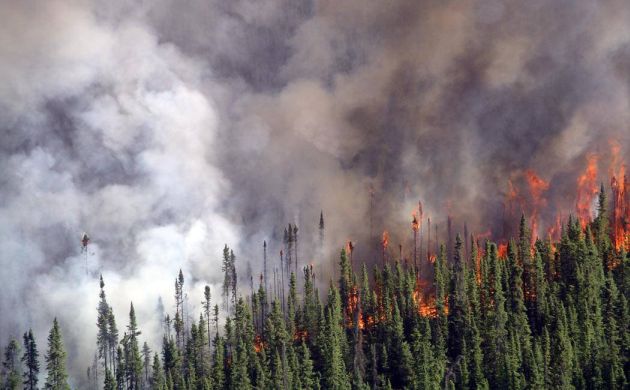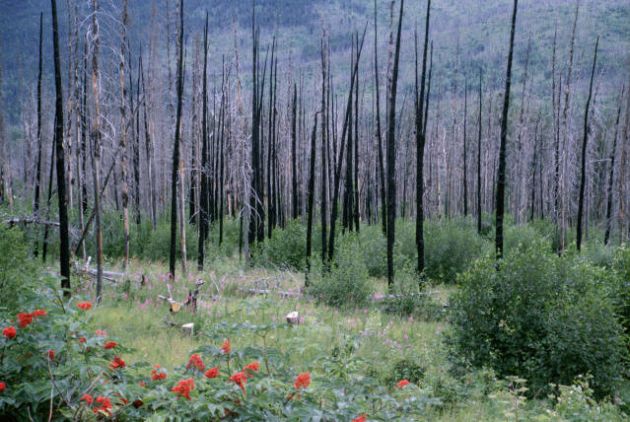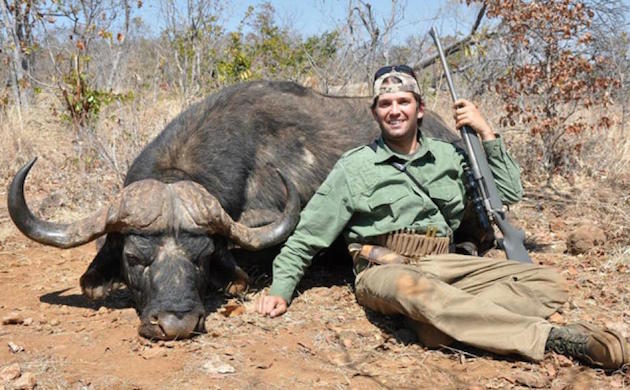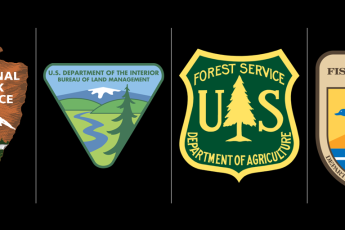
This morning it is drizzling. It rained hard last night, with hail and funnel clouds in Billings and lightning all along the storm’s path. The paper is reporting it as a mixed blessing — last week’s fires have been dampened and decreased, but that lightning could easily have sparked new flames where the vegetation is still seasonally dry. For us here in the valley, though, at least it cleared the air.
Over the last two weeks, we raised our faces and sniffed. If you’re not used to Missoula you might think someone was just having a barbecue at first, but the smell is pervasive and woody and it lowers the sky, giving the light a yellowed quality by day and painting spectacular sunsets. July is on the early side for the smoke to come, especially given that last year it lingered into September. It’s not good for people who work outdoors, or who have asthma or damaged lungs. Sometimes, ash actually drifts down from the sky like a dusting of snow. I wondered, last August, how animals endure it — the tiny ever-pumping lungs of hummingbirds, the lungs of bighorn sheep shouldering their way up mountains, they must get filled with smoke too, right?
But on the whole, I know that the fire is a good thing. Managed burns and low-severity fires have been an accepted part of land management since I was in undergrad, but it’s increasingly apparent that even the high-intensity fires are needed. Severe fires create snags, they germinate seeds and sprout fungus, and most of all they create food and habitat for insects that in turn feed birds like Black-backed Woodpecker and Olive-sided Flycatcher, and encourage even some generalists like other woodpeckers and wrens. Later on — after seven years at most, in the case of the Black-backed Woodpecker — these first responders are gone and the holes in the snags serve as nesting cavities for martens, and squirrels and Mountain Bluebirds and Flammulated Owls.
And yet. They are still scary on a primal level, these high-intensity fires; and not for nothing. Even more than a wolf or a bison, a fire will never respect the boundary of a park, or understand that is can go here but not there — it is a pure creature of physics, of slope and wind, oxygen and fuel. Fire is also more unpredictable than even floods, more sudden and acute than drought, falling close to the class of natural disasters that we dread the most, like earthquakes and avalanches, the sudden killers. Fire demands a very different idea about coexisting with nature, one where it is not nature that has to take all the risks and burdens. Not only did this lead to the historical demand that fire be suppressed — it also created, I think, an emotional, aesthetic reaction to burned landscapes. On the whole, people do not value them. They receive no protection, and are often destroyed by salvage logging as quickly as possible.
There is currently a push to place the Black-backed Woodpecker, in its Oregon/California and South Dakota populations, under the protection of the Federal Endangered Species Act. Such a listing could have major impacts on the management of post-fire landscapes and the management of the fires themselves. And I think this is a good move, the right move, even though part of me still welcomes the rain.






 New writers welcome – please contact us for details.
New writers welcome – please contact us for details.

















Fire as a means of landscape management is a complete “no go” here in Germany, even on a small scale. I have often debated this with conservation authorities and NGOs, and interestingly all are of the opinion that fires can be very valuable under certain conditions. But I guess that primal level fear keeps us from allowing fires to happen – for biodiversity’s good.
I am glad the rain gave you a few days of breathing more freely.